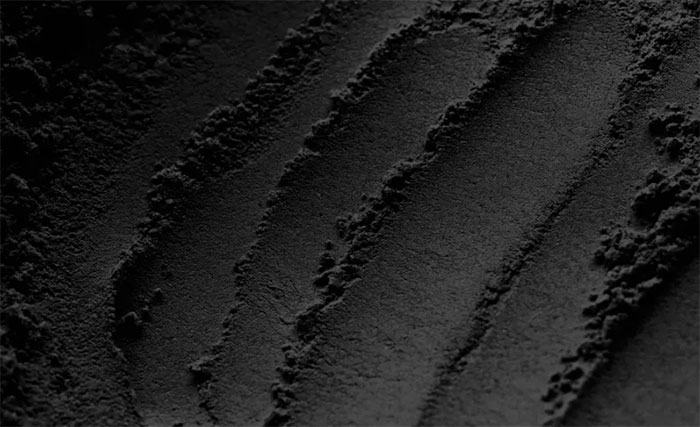Why are tires black, even though the rubber is white?
Tires are black due to a substance known as 'soot', which is used to increase the strength and durability of the tyres. That is also the reason why tires are always black and not another color.
While everything around us is a colorful picture, why should all tires be so monotonously black? We see it every day but still don't notice it. Before we can start learning about the black color of tires, we need to understand a little bit about rubber - the substance used to make tires.

Harvesting latex
Rubber is obtained naturally from a sticky white substance called latex which is derived from the sap of the rubber tree. The latex is sticky and milky white. To remove the latex from the rubber tree, the harvester must make an incision in the bark, when the incisions are made, a white liquid will rise and begin to flow down the cuts. This white liquid is stored and then acid is added to create natural rubber.
In order for the latex to flow out of the tree smoothly, the right temperature is required, in general it must be quite cold. If the temperature is too hot, the latex will turn into a thick form and cannot flow down the tree. That's why the harvester works from 2-5 am, when the temperature is coldest.

Carbon black is a powdery substance that gives tires their black color
Let's visit a tire factory to continue this story. What we see first is a giant lump of white natural rubber. Obviously the natural rubber is white, then you'll see the workers add some neoprene, but it's not black either. The next step in this process is the stage where the color change occurs, when carbon black is added to the rubber.
 Carbon black helps to increase the durability of the tire.
Carbon black helps to increase the durability of the tire.
Carbon black is just carbon in the form of microscopic particles. It is a by-product of fossil fuels undergoing incomplete combustion. Carbon black is one of the blackest substances in the world and is what gives our tires their black color.
You may again have a new question about carbon black, why is it used in the manufacture of tires? Carbon black is known for its ability to act as a reinforcing material. Carbon black helps to increase the durability of the tire. The carbon black color also helps dissipate heat away from important parts of the tire, like the tread and rim. When the tire is running on the road or any surface, heat is generated due to friction. This heat can damage rubber tires and reduce tire life.

The first car tires were white.
You already know that white natural rubber turns black during production because of carbon black, is it true that the tires have always been black from the start? Let's journey back a bit, to New York in the 1900s. Although there weren't too many cars in this period, the ones that did exist, along with others that used rubber tyres, All have white tires.
In the early days of rubber tires, they were actually white, and then, to increase durability, they were coated with soot that has made them black ever since. After years of research and production, carbon black is used as an indispensable substance to keep the black color of tires iconic.
- Why is a motorbike tire black and not another color?
- Why do we have to fill the air with wheels?
- The birth history of tires
- What does rubber molecule have to do with mass migration?
- Production of tires from the road
- Paved with rubber tires
- Tires cause pollution in the sea - little is known
- Turn old tires into Li-ion batteries
- This is why these 9 familiar things must have their own special colors
- Tires are made from dandelion flowers
- American company reinvents car wheels, eliminates rubber tires
- Guayule - An easy-growing shrub for pure rubber latex to make tires of future vehicles
 The most famous scientific failures in history
The most famous scientific failures in history Mysterious genius mechanic and the machine froze time
Mysterious genius mechanic and the machine froze time The son carries the 'bad gene' of genius Albert Einstein
The son carries the 'bad gene' of genius Albert Einstein Isaac Newton
Isaac Newton